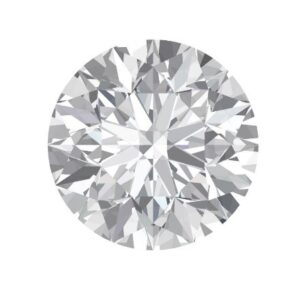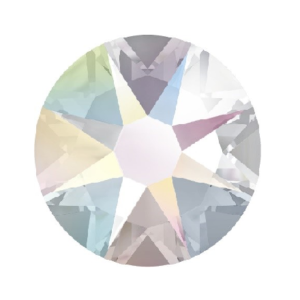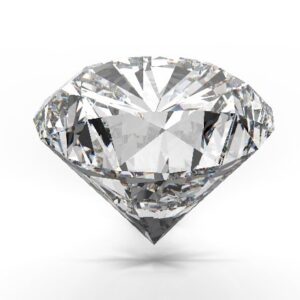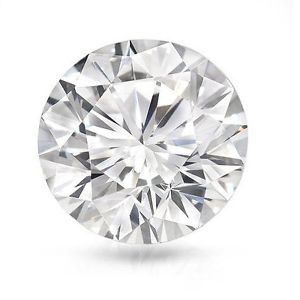Knowledge Center
Lab Grown Diamonds – An Introduction
What are Lab grown diamonds and how are they different from mined diamonds? One is produced in a laboratory setting using controlled environment and the other grows naturally under the earth’s surface. Lab grown diamonds are created within few weeks wherein the later grows beneath the earth’s surface for over centuries. Nevertheless, both the Lab grown and mined diamonds are chemically, physically and optically identical. Lab created diamonds also known as man-made diamonds are nothing but actual carbon atoms arranged in the form that possesses the characteristics of a natural diamond structure. Simulants of the diamonds also known as moissanite, cubic zircons are diamond look-alikes but are not true carbon crystals.
 Moissanites :
Moissanites :
A substitute of diamond which is a rare mineral found naturally in small quantities. Moissanite is comprised of silicon carbide which makes it easier to withstand high temperatures and is very hard with a mohs scale of 9.25. Though they are lighter than the diamonds having a gravity of 3.21 and a refraction index of 2.65 – 2.69 along with a dispersion of 0.104, these are still not quite predominantly noticeable. What is significant about moissanite is its sparkle and its display of prismatic fire which is noticeable even to an unaided eye. Moissanites does have inclusions like that of a diamond and it may also have a tinge of greenish colour.

Swarovski Crystal :
Neither a gemstone nor a crystal, it is a form of glass that’s made at a high temperature by melting silicon oxide powders with a lead to form what is called as lead crystals. The actual process is the one that is patented by Swarovski but it has approximately 32% lead content that leads to an increase in crystal refraction index to resemble that of a diamond. To enhance the look of the crystal, precision cut is given using the swarovksi patented process and are often coated using aurora borealis that gives the surface a rainbow like appearance to stimulate the dispersion from a diamond. It has a Mohs hardness of 6 – 7 so it’s susceptible to scratches and chipping from wear and tear but at the same time it’s harder than standard glass. The content of lead used in the crystal increases the refraction index of the glass from 1.5 – 1.7 to give the faceted faced a more sparkly appearance.

Cubic Zirconia :
One of the common substitute of a diamond, Cubic Zirconia (also known as CZ) – is identically similar to a diamond to an unaided eye. Made from a zirconium dioxide a different material than diamonds, which although a different chemical composition comes closer than any other gem to matching the characteristics of a diamond. CZ on first impression looks just like a diamond but under close inspection there are differences, it has a gravity of between 5.6 and 6.0 which means it’s 1.6 times the weight of a diamond. It has a hardness of 8 on the Mohs scale, a refraction index of 2.176 and a dispersive power of 0.060, which means that it’s not as hard as a diamond, it’s slightly less sparkly but displays more prismatic fire which means more colour sparkles within the gem.
Another point to note is that natural diamonds display impurities which CZ doesn’t its also clear in colour which most diamonds aren’t, but they can be coloured by adding metal oxides in the production process. Unlike diamonds CZ are good thermal insulators which mean they become warm but can’t withstand the same kind of heat a diamond can, which is one test that is used to distinguish diamonds from CZ. Caring for CZ is important because they are more brittle than diamonds and susceptible to wear and tear such as chipping and scratches over time.

